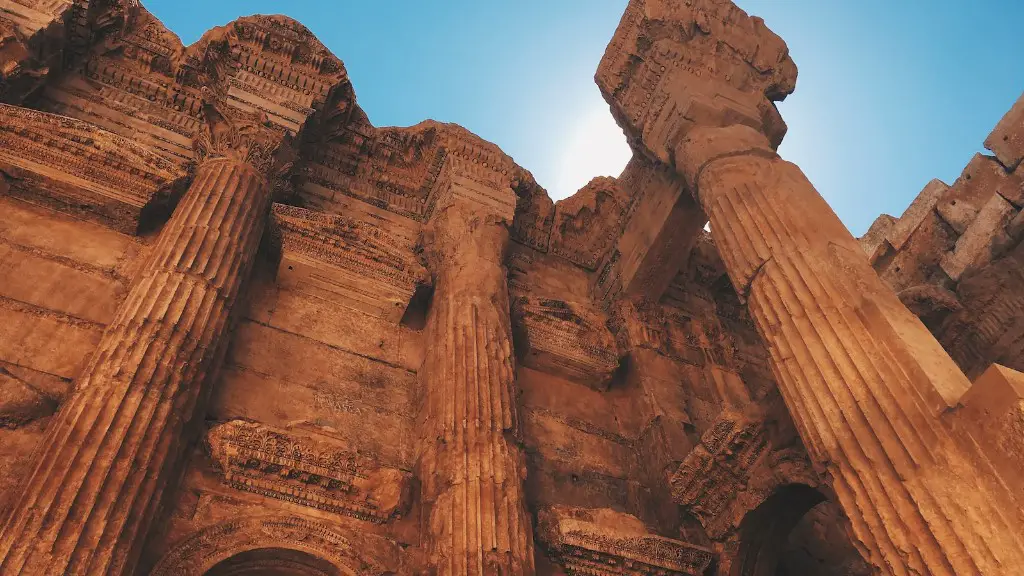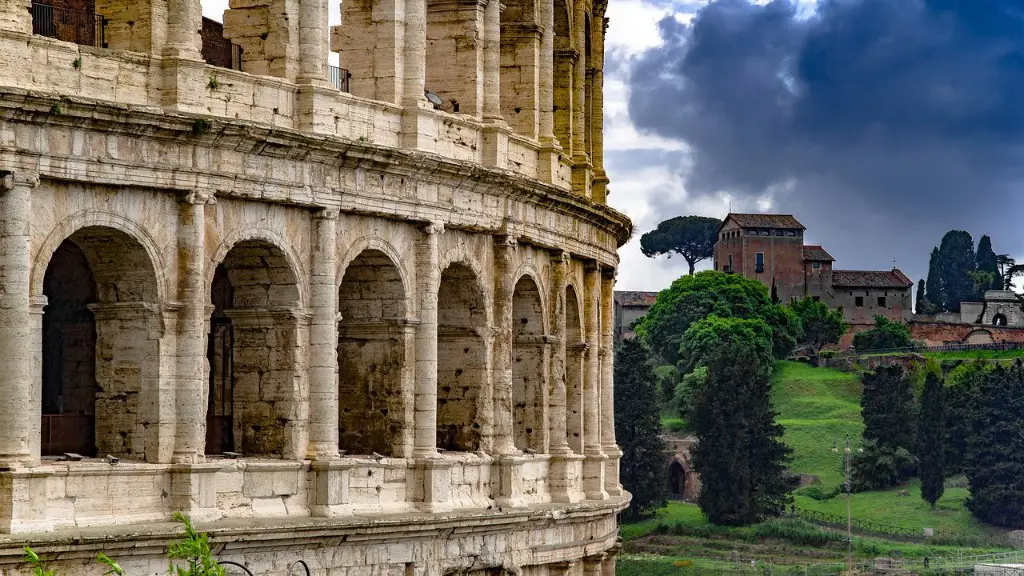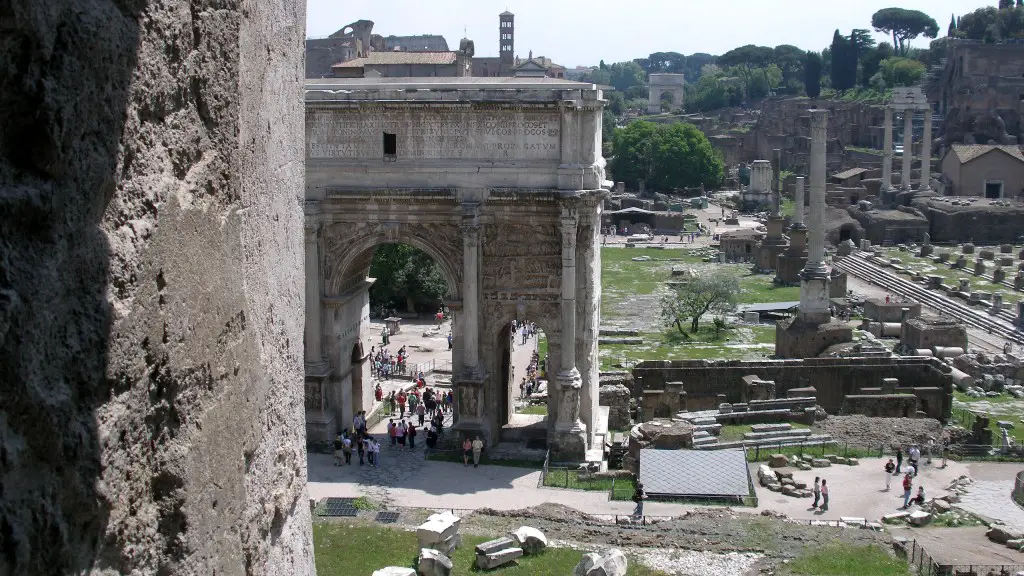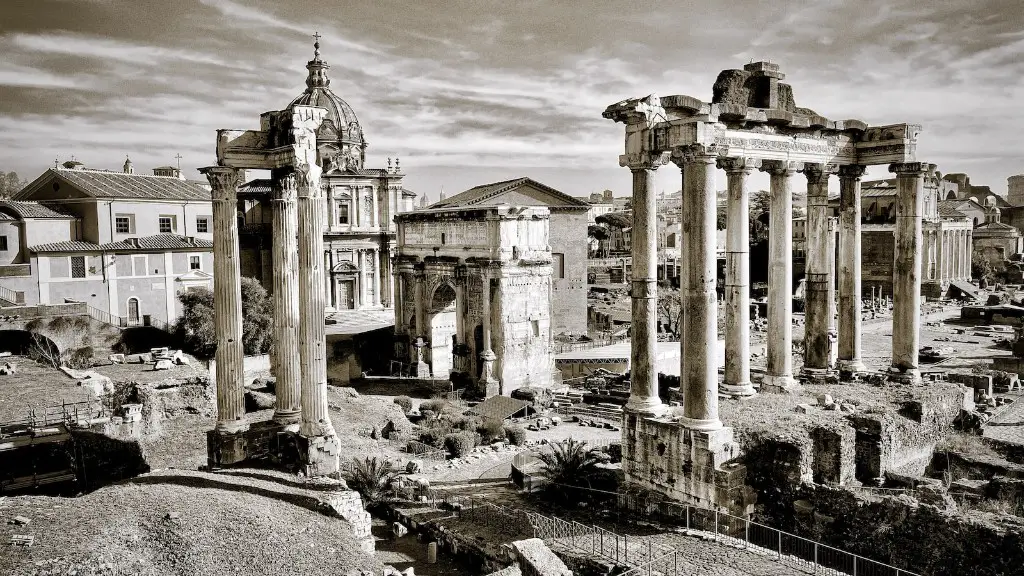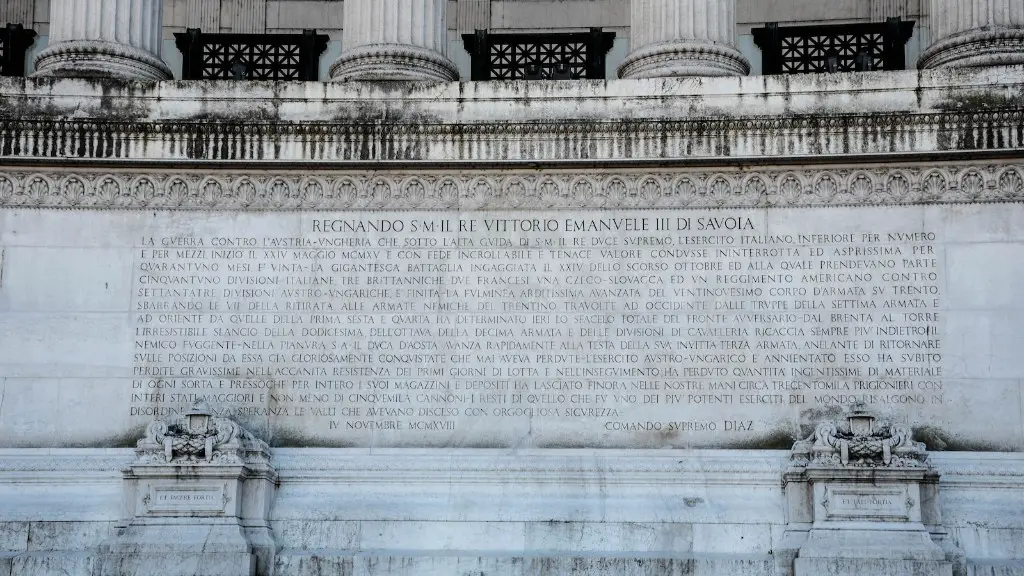The city of Rome is situated on the Tiber River in central Italy. The river played an important role in the development of the city, providing a means of transportation, food, and water. The river also served as a natural defense against invaders. The first settlements in the area were likely established near the river due to these factors. Over time, the city grew and prospered, becoming one of the most powerful empires in the world. The river continued to play a significant role in the city’s success, with the construction of ports, bridges, and aqueducts. Today, the Tiber River is a popular tourist destination, offering a glimpse into the city’s fascinating history.
Rome is one of the oldest continuously-inhabited cities in the world, and its history is full of tales of great battles and mighty empires. But behind all of that is the humble story of how a small city on the Tiber River rose to become one of the most powerful empires the world has ever seen.
And a big part of that story is the river that flows through the center of Rome.
The Tiber has been a part of Rome from the very beginning. The first settlers of the city built their homes along its banks, and the river soon became the lifeblood of Rome. Farmers used it to water their crops, fishermen pulled their catch from its waters, and merchants used it to transport goods up and down the Italian peninsula.
The Tiber also played a major role in the military history of Rome. The river was a natural barrier that protected the city from invaders, and its wide banks were perfect for training Roman soldiers.
In times of flooding, the Tiber could be a curse as well as a blessing. The river would often overflow its banks, causing extensive damage to property and crops. But the floods also deposit rich sediment onto the floodplain, making the land incredibly fertile. This helped Rome become
Why was water important in ancient Rome?
In ancient Rome, water was worshipped like a deity. Its abundance not only meant the wellbeing of Rome’s citizens but was also a sign of wealth and power for its burgeoning civilization. The site of Rome is naturally well-supplied with sources of water, notably nearby springs, and easily-accessible groundwater.
Aqueducts were an engineering feat for the ancient Romans and were used to transport water from outside sources into cities and towns. This water was used for public baths, latrines, fountains, and private households. Aqueducts also supported mining operations, milling, farms, and gardens.
How did the ancient Romans shape their environment
It is important to treat water and air as shared resources in order to protect the environment and ensure that everyone has access to clean water and air. Unfortunately, not everyone has access to clean water and air, and this is something that needs to be addressed. One way to treat water and air as shared resources is to build infrastructure that will allow everyone to have access to clean water and air. This infrastructure can be used to provide clean water and air to those who cannot afford it, and it can also be used to monitor and regulate the quality of water and air.
The Tiber River was an important part of Ancient Rome, providing a source of fresh water to the city as well as being a key route for trade and transportation. The city of Rome began as a small settlement in the middle of the Italian peninsula, and the Tiber played a vital role in its growth and development. Today, the river remains an important part of the city, and its seven hills and the Tiber River continue to be iconic features of Rome.
How did water affect Rome?
Roman aqueduct systems were built over a period of about 500 years, from 312 BCE to CE 226. Both public and private funds paid for construction. As water flowed into the cities, it was used for drinking, irrigation, and to supply hundreds of public fountains and baths.
Water is essential to the development of any civilization. This was understood at the very beginning of human history, in Mesopotamia and Egypt. Water was seen as the source of all life, as something eternal and primeval. This early recognition of the connection between water management and civilization is the focus of this documentary.
How did the aqueducts improve Roman life?
The Roman aqueducts were a amazing feat of engineering. These under- and aboveground channels, typically made of stone, brick, and volcanic cement, brought fresh water for drinking and bathing as much as 50 to 60 miles from springs or rivers. Aqueducts helped keep Romans healthy by carrying away used water and waste, and they also took water to farms for irrigation.
One reason for the Romans’ lack of naval power was the lack of viable ports. The city of Rome is set far back from the ocean, and few other Roman cities offered easier access to the ocean. Due to this quirk of geography, the Romans concentrated on building up their land-based forces.
What impact did Roman aqueducts have
Aqueducts are ancient engineering marvels that are still in use today. They are an important part of water infrastructure, particularly in areas with limited access to fresh water sources. Aqueducts shorten the distance water has to travel from its source to cities and towns, making it available for drinking, bathing, and other uses.
Aqueducts were first used in ancient times and were an important part of the Roman Empire’s water infrastructure. The aqueducts built by the Romans were extraordinarily complex and served as a model for later engineers. Aqueducts greatly improved public health in cities with primitive sewerage systems by providing clean drinking water and keeping human waste and other contaminants out of the water supply.
Today, aqueducts are still an important part of water infrastructure in many parts of the world. They help to ensure that fresh water is available for communities, even in remote and arid areas.
The Ancient Romans were some of the most innovative people to have ever lived. They pioneered advances in many areas of science and technology, establishing tools and methods that have ultimately shaped the way the world does certain things. The Romans were extremely adept engineers. They understood the laws of physics well enough to develop aqueducts and better ways to aid water flow. This knowledge allowed them to create many of the modern conveniences that we take for granted today.
What 3 geographic features helped the ancient Romans the most?
Rome had several geographic advantages that allowed it to grow and become the dominant power in the known world. Firstly, the city was protected from invasion by two mountain ranges, the Alps and the Apennines. Secondly, the land around Rome was very fertile, providing the population with ample resources. Thirdly, Rome was situated in a strategic location, making it a center of trade and commerce. Finally, the population of Rome was very diverse, with people from all over the known world living in the city.
A peninsula is a piece of land surrounded by water on three sides. Rome’s location in the Mediterranean Sea made it easier for the Romans to travel to foreign lands around the sea, to conquer new territories, and to develop trade routes.
What body of water linked the Roman Empire
The Mediterranean Sea was a key part of the Roman Empire. The empire was surrounded by the sea, and it was used for trade, transportation, and communication. The sea was also a key part of the empire’s defenses.
Aqueducts were a huge step forward for the Ancient Romans, allowing them to have reliable access to clean water for both drinking and bathing. This was a major public health advancement, as it helped to prevent the spread of disease. Aqueducts also allowed Rome to support a much larger population than would otherwise be possible.
What are the 3 main reasons Rome fell?
Political instability: Rome was constantly being invaded by Barbarians which led to a lot of fighting and bloodshed. This eventually led to the weakening of Rome and its armies.
Economic and social problems: Rome was not able to keep up with its ever-growing population. This led to a lot of poverty and disease. Additionally, Rome was not able to keep up with the changing times and new technology.
Weakening of the frontier: The Barbarians were constantly attacking Rome’s border, which led to the weakening of Rome’s defences. This made it easier for the Barbarians to invade and eventually conquer Rome.
The Colosseum is one of the most iconic buildings in Roman history. It was used for a variety of purposes, including gladiator fights, mock ship battles, and public executions. The Colosseum is a must-see for anyone interested in Roman history.
Did the Romans use water power
The Roman Empire made use of water power on a large scale, most notably for grinding grain. After the fall of the Roman Empire in the fifth century CE, hydro power continued to be used on a large scale.
Water is essential to our bodies in many ways. It helps to keep our bodies at a normal temperature, lubricates and cushions our joints, protects our spinal cord and other sensitive tissues, and gets rid of wastes through urination, perspiration, and bowel movements. Without water, our bodies would quickly become dehydrated and would not be able to function properly.
Warp Up
As the largest city in the ancient world, Rome was heavily dependent on water for its survival. Water was used for drinking, cooking, bathing, washing clothes, and flushing toilets. The city got its water from the Tiber River, which flows through the city, and from aqueducts, which brought water from springs and rivers outside the city.
Ancient Rome was famous for its public baths, which were built for both rich and poor citizens. The baths were more than just a place to get clean—they were also social places where people could relax and catch up with friends.
The ancient Romans were also great engineers, and they used their knowledge of water to build impressive aqueducts. These aqueducts brought water from springs and rivers miles away from the city and delivered it to homes and public baths. The aqueducts were so well-built that some of them are still in use today!
Ancient Rome was one of the most influential and powerful empires of its time. A large part of its success was due to its strategic location and access to water. Rome was situated near the center of the Mediterranean, which made it easy to trade with other civilizations. Additionally, the Tiber River provided Rome with a natural defensive barrier and a source of fresh water. The city also had an extensive aqueduct system that allowed for the transportation of water from distant sources. Without water, Ancient Rome would not have been the same.
